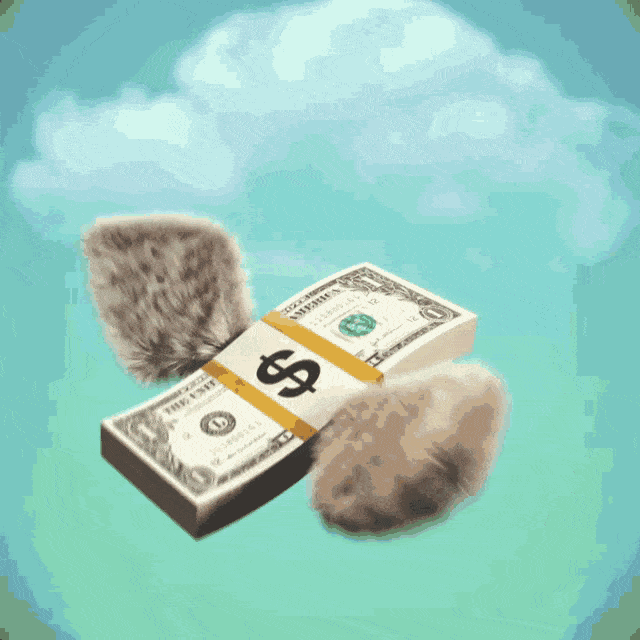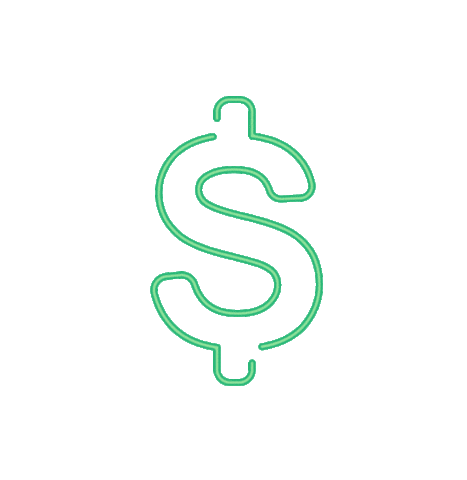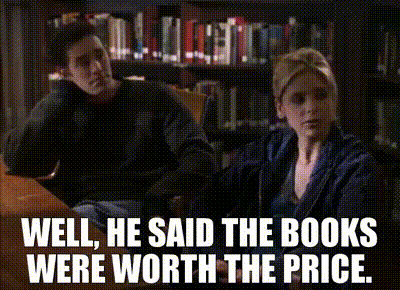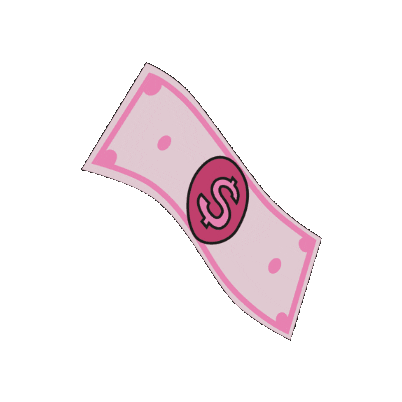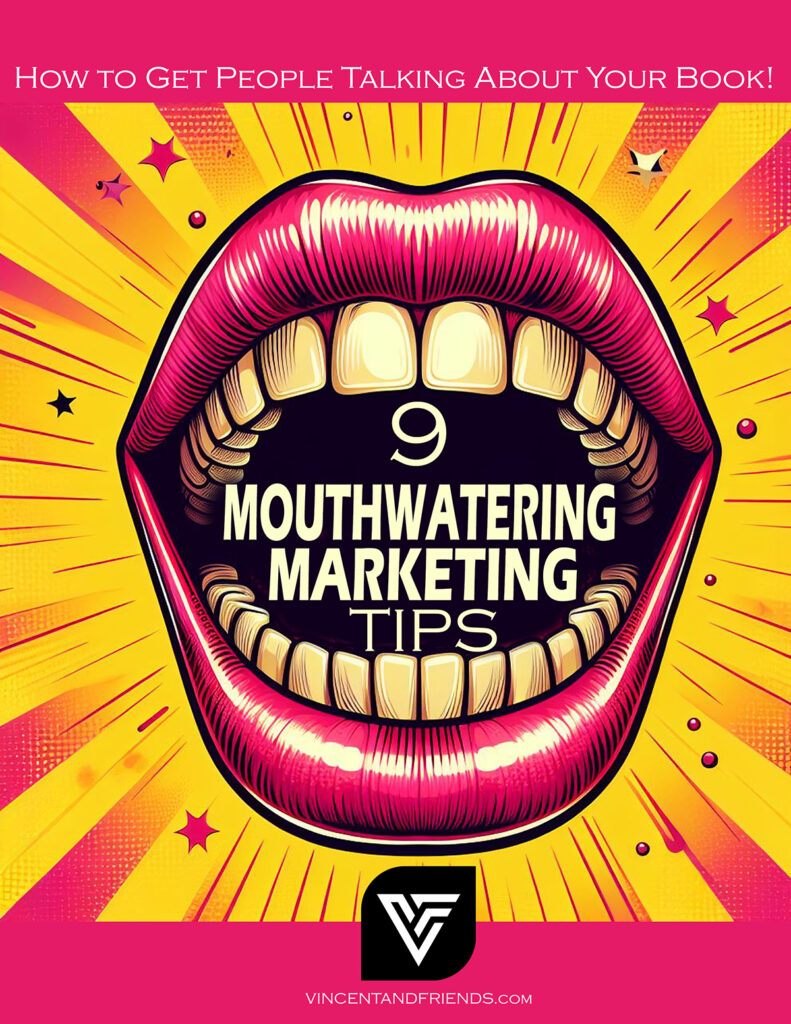Self-publishing has opened doors for countless authors to share their stories with the world without the need for traditional publishing houses.
However, amidst the excitement of bringing a book to life, many authors stumble upon the daunting task of pricing their creations.
Pricing is not just about slapping a number on the cover; it’s a strategic decision that can impact sales, royalties, and overall success.
In this guide, we’ll delve into tips and strategies to help you master the art of pricing your self-published books effectively.
Understanding the Value of Your Work
Before delving into the nitty-gritty of pricing strategies, it’s crucial to understand the intrinsic value of your book.
Here are some key points to consider:
- Content Quality: Evaluate the uniqueness, relevance, and quality of your content compared to other books in the market.
- Target Audience: Understand your target readership and their purchasing power. Consider how much they would be willing to pay for your book.
- Author Platform: Your reputation, expertise, and existing audience can influence the perceived value of your book.
Factors Influencing Pricing Decisions
Several factors come into play when determining the price of your self-published book.
Here’s a breakdown:
- Production Costs: Calculate the expenses incurred during the writing, editing, formatting, and cover design process.
- Market Research: Analyze similar books in your genre to gauge the prevailing price range. Consider both print and eBook formats.
- Competitive Analysis: Identify bestselling authors or indie authors with a similar target audience and analyze their pricing strategies.
- Royalty Structure: Understand the royalty rates set by different publishing platforms (e.g., Amazon Kindle Direct Publishing, IngramSpark) and how they impact your pricing decisions.
Pricing Strategies for Self-Published Books
With a solid understanding of your book’s value and the market landscape, it’s time to craft a pricing strategy that maximizes profits while attracting readers.
Here are some effective strategies to consider:
1. Cost-Plus Pricing
- Calculate your total production costs and desired profit margin.
- Add the profit margin to the production cost to determine the retail price.
- This straightforward approach ensures that you cover expenses while generating a reasonable profit.
2. Value-Based Pricing
- Assess the perceived value of your book from the reader’s perspective.
- Consider factors such as entertainment value, educational content, or practical utility.
- Set the price based on the value proposition your book offers to the target audience.
3. Penetration Pricing
- Initially set a lower price to attract a wider audience and gain traction.
- Gradually increase the price as your book gains popularity and positive reviews.
- This strategy can help stimulate early sales and build momentum for your book.
4. Premium Pricing
- Position your book as a high-quality, exclusive product.
- Set a higher price to reflect its perceived value and unique features.
- This strategy works well for niche markets or specialized content where readers are willing to pay a premium.
5. Bundle Pricing
- Offer multiple books or related products as a bundle at a discounted price.
- This strategy encourages upsells and increases the overall value proposition for the buyer.
- Bundling can also help promote lesser-known titles alongside bestsellers.
Fine-Tuning Your Pricing Strategy
Once you’ve implemented a pricing strategy, it’s essential to monitor its effectiveness and make adjustments as needed.
Here are some tips for fine-tuning your pricing strategy:
- Monitor Sales Data: Analyze sales data regularly to identify patterns, trends, and pricing sensitivities.
- Gather Feedback: Solicit feedback from readers, peers, and industry professionals to gauge their perception of your book’s pricing.
- Experiment with Pricing: Don’t be afraid to experiment with different price points, promotions, or pricing models to find the optimal strategy.
- Stay Flexible: Market conditions, reader preferences, and competition can evolve over time. Stay adaptable and be willing to adjust your pricing strategy accordingly.
Pricing your Self-published Book is a Delicate Balancing Act that Requires Careful Consideration of various Factors
By understanding the value of your work, analyzing market dynamics, and implementing effective pricing strategies, you can maximize sales and revenue while establishing your author brand.
Remember, pricing is not a one-time decision but an ongoing process of refinement and adaptation to ensure the success of your publishing venture.
So, embrace the journey, experiment boldly, and let your passion for writing shine through in every aspect of your book publishing journey.
Need Help With Your Book Cover or Literary Packaging?
Looking to bring your ideas to life with captivating storytelling and imaginative flair?
Whether you need compelling copywriting, engaging written, visual or video content creation, or literary packaging that stands out, I’m here to help.
Let’s collaborate to turn your vision into reality. Reach out today to discuss your project and let’s embark on a journey of creativity together!

